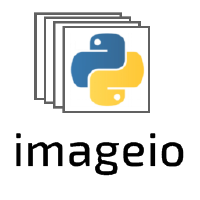imageio.plugins.pyav.PyAVPlugin.init_video_stream#
- PyAVPlugin.init_video_stream(codec: str, *, fps: float = 24, pixel_format: Optional[str] = None, max_keyframe_interval: Optional[int] = None, force_keyframes: Optional[bool] = None) None[source]#
Initialize a new video stream.
This function adds a new video stream to the ImageResource using the selected encoder (codec), framerate, and colorspace.
- Parameters:
- codecstr
The codec to use, e.g.
"libx264"or"vp9".- fpsfloat
The desired framerate of the video stream (frames per second).
- pixel_formatstr
The pixel format to use while encoding frames. If None (default) use the codec’s default.
- max_keyframe_intervalint
The maximum distance between two intra frames (I-frames). Also known as GOP size. If unspecified use the codec’s default. Note that not every I-frame is a keyframe; see the notes for details.
- force_keyframesbool
If True, limit inter frames dependency to frames within the current keyframe interval (GOP), i.e., force every I-frame to be a keyframe. If unspecified, use the codec’s default.
Notes
You can usually leave
max_keyframe_intervalandforce_keyframesat their default values, unless you try to generate seek-optimized video or have a similar specialist use-case. In this case,force_keyframescontrols the ability to seek to _every_ I-frame, andmax_keyframe_intervalcontrols how close to a random frame you can seek. Low values allow more fine-grained seek at the expense of file-size (and thus I/O performance).
